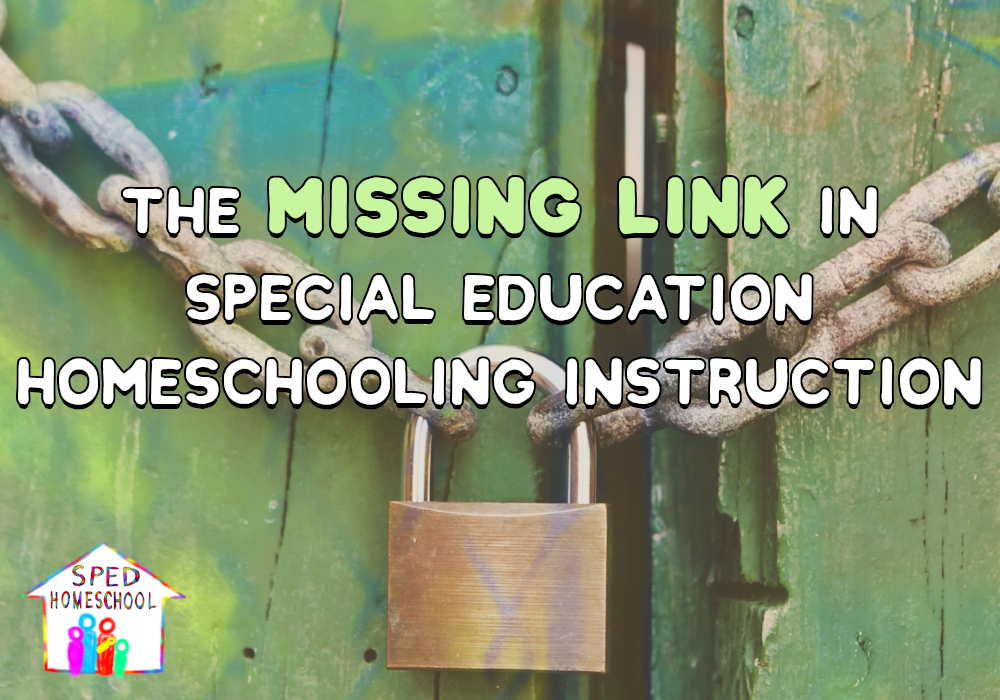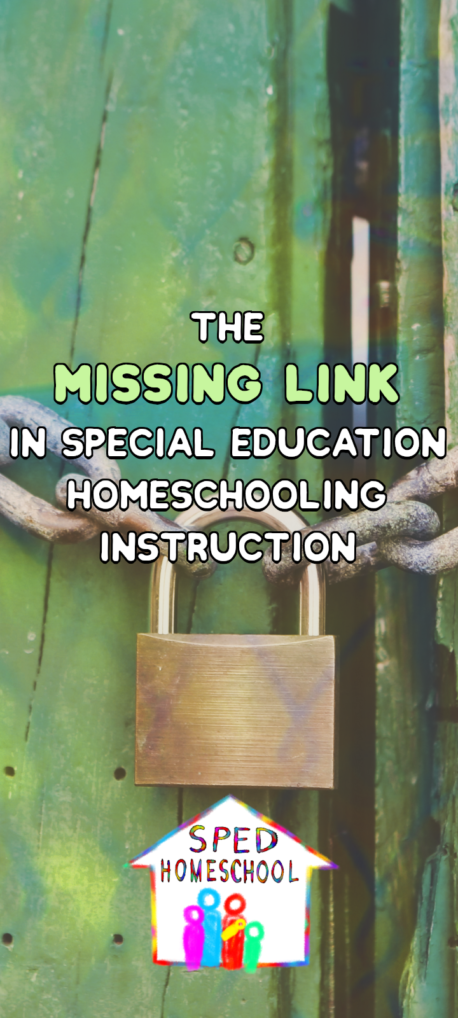
The SPED Homeschool Team
Christmas can be stressful on our kids and our families. But it is important to find the right traditions and the right rhythm to the holiday season, especially this year. Our SPED Homeschool team shares their traditions that have worked – and some that have not worked – in their families.
It’s Okay to Mix Things Up
I LOVE Christmas! I’m all about family traditions and creating expectations through the holiday, but we have had to be flexible. Because of my son’s autism, there were years in which we could not listen to any Christmas music. Other years, we listened to the same five songs over and over again. There were a few years with no Christmas lights. And many years in which extended family was baffled at why we had to leave the chaos of a massive gathering early. Still, we were able to create yearly traditions around the picky eating and sensory overload. One tradition, from when I was a child, was picking out a toy shaped ornament that described that year. My son loves this tradition. Our tree is covered in odd-shaped ornaments that give our family great memories whenever we put the tree up. Another tradition is an online advent calendar from Jacquie Lawson we buy every year. We love the videos, games, and trivia each day. A new tradition is matching pajamas in our stockings that we open on Christmas eve and wear all day on Christmas. We don’t do massive gatherings anymore, just us, so we take as long or as short a time to open presents as necessary and eat a unique Christmas dinner that fits us. We have done different things each year to remember Christ, but the one thing my son has continued to love is having a nativity that he can touch, study, and play with. Every year we try new things. Some succeed and some are a disaster, but what we keep, we look forward to every year afterward.
Gathering ‘Round the Table
For our family, Christmas has always centered around eating. Not overeating, but special meals with extended conversations where we take time out of our busy schedule to eat together and share stories while enjoying each other’s company.
In the past, I have shared some of these beloved recipes on our website, including my grandmother’s raw cranberry relish, my kid’s favorite triple chocolate biscotti, and my favorite, sugar plums.
This year has taken a new twist though, as I am on a very restricted diet after being diagnosed with breast cancer in April. So, while I am cooking some favorites for my family that I can’t eat, I am also making new dishes that may one day be added to our “favorites” while updating older recipes so they fit into my new diet.
Thankfully Christmas has not lost its meaning nor has the primary purpose of our meals just because I have had to make some diet changes. This season is still about celebrating the birth of our Lord and Savior, Jesus Christ, and our mealtimes will continue to be cherished gatherings around food with the family members we love and are blessed to have around our table this year.
“ Every year we try new things. Some succeed and some are a disaster, but what we keep, we look forward to every year afterward.“
Christmas in 2020
Holidays are in our family are never the same. It depends on the year and who is in town. This year the holidays will be over Facetime or Zoom. Even though we will not be together, we still plan on making family important. We try to spend some time taking pictures, riding the Christmas train, baking cookies. My favorite thing to do is to load up the kids in the car and go look at Christmas lights. There are so many houses in our area that have their lights set to music. We decorated early this year because we all needed the lights. This year we will try to enjoy the family, the time, and the slow pace.
Did you enjoy this article?
Would you consider supporting the ongoing work of
SPED Homeschool?
Donate Today





